In the realm of true crime podcasting, conveying complex and detailed information in a manner that is both accessible and engaging to the average reader (or listener!) is vital. For true crime researchers and writers, mastering the art of writing at an everyday reading level is key to expanding their audience reach and ensuring their content is comprehensible and relatable. This guide provides practical steps to achieve this, facilitating the creation of true crime narratives that resonate with a broad audience base.
Understand Your Audience
The first step is understanding the average reading level of your audience. The average adult in the U.S. reads at about a 7th to 8th-grade level. Writing at this level ensures your content is accessible to the majority, including those who might not have a background in law or criminal justice.
Simplify Language
- Use Common Words: Opt for simple, everyday language. Instead of “ascertain,” use “find out”; replace “commence” with “start”. This makes your content more relatable.
- Short Sentences and Paragraphs: Aim for sentences that are 15-20 words long. Keep paragraphs to 3-4 sentences. This breaks the information into digestible chunks, making it easier to follow.
Explain Complex Terms
- Define Jargon: When dealing with legal or forensic terms, provide clear definitions or paraphrase them in simpler terms. For example, instead of just saying “forensic pathology,” explain it as “the study of how and why someone died.”
- Use Analogies: When appropriate, analogies are a great way to explain complex concepts. They relate unfamiliar ideas to everyday experiences, aiding comprehension.
Focus on Storytelling
- Narrative Structure: Structure your content like a story, with a clear beginning, middle, and end. This familiar structure helps listeners follow along more easily.
- Engaging and Relatable: Use storytelling techniques like building suspense, developing characters, and setting scenes to make the content more engaging and relatable.
Utilize Active Voice
- Active over Passive: Use active voice (“The detective solved the case”) instead of passive voice (“The case was solved by the detective”). Active voice makes sentences clearer and more direct.
Be Concise and Direct
- Avoid Redundancy: Don’t use more words than necessary. Over-explaining or repeating information can confuse and tire your listeners.
- Straight to the Point: Get to the point quickly without sacrificing necessary details. Avoid long-winded introductions.
Use Visuals and Examples
- Illustrate with Examples: Concrete examples help listeners grasp abstract concepts. Use real-life instances to illustrate points.
- Visual Descriptions: When discussing locations or evidence, descriptive language helps listeners visualize them, making complex information more tangible.
Test Your Content
- Readability Scores: Use tools like the Flesch-Kincaid Readability Test to gauge the reading level of your content. Aim for a score that correlates with the 7th to 8th-grade level.
- Feedback: Get feedback from a diverse group of people. See if they can understand the content without additional explanations.
Revise and Edit
- Edit for Clarity: After writing, revise your work with a focus on clarity. Remove jargon, shorten long sentences, and clarify complex ideas.
- Consistency: Ensure that the reading level is consistent throughout the podcast script. An uneven reading level can be disorienting for listeners.
Ethical Considerations
- Respect and Sensitivity: When simplifying language, ensure you maintain respect and sensitivity, especially when discussing victims or traumatic events.
- Avoid Sensationalism: Simplifying language doesn’t mean sensationalizing content. Stay factual and avoid overdramatizing.
Conclusion
Writing for true crime podcasts at an everyday reading level is an art that balances simplicity with depth. It involves breaking down complex information into understandable segments while maintaining the essence and factual integrity of the narrative. By employing these strategies, true crime researchers and writers can produce content that is accessible, engaging, and respectful to a wide audience. This approach not only enhances the reach and impact of true crime narratives but also contributes to an informed and engaged listener community. The goal is to educate and intrigue, providing insights into the intricacies of true crime while ensuring comprehension and connection with the audience.


